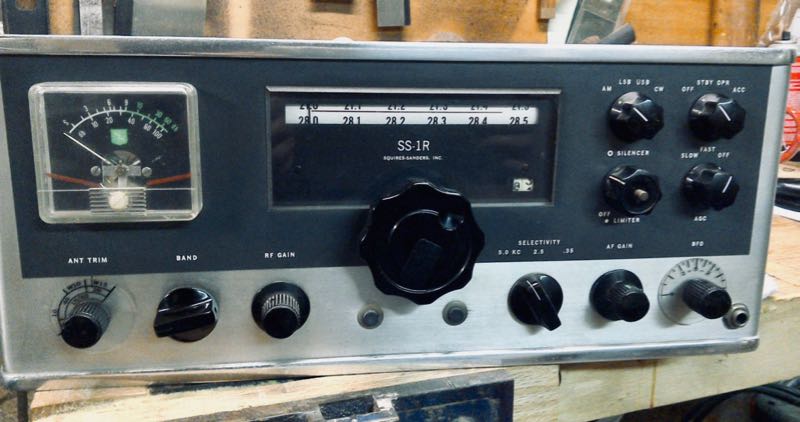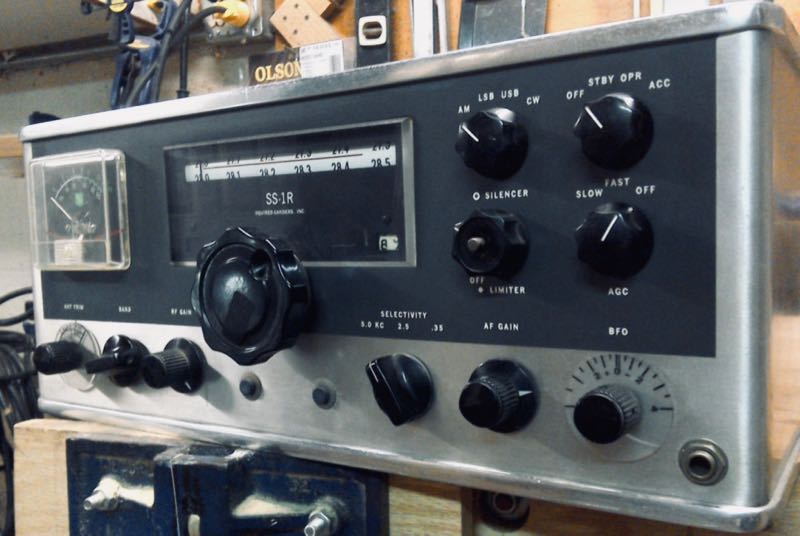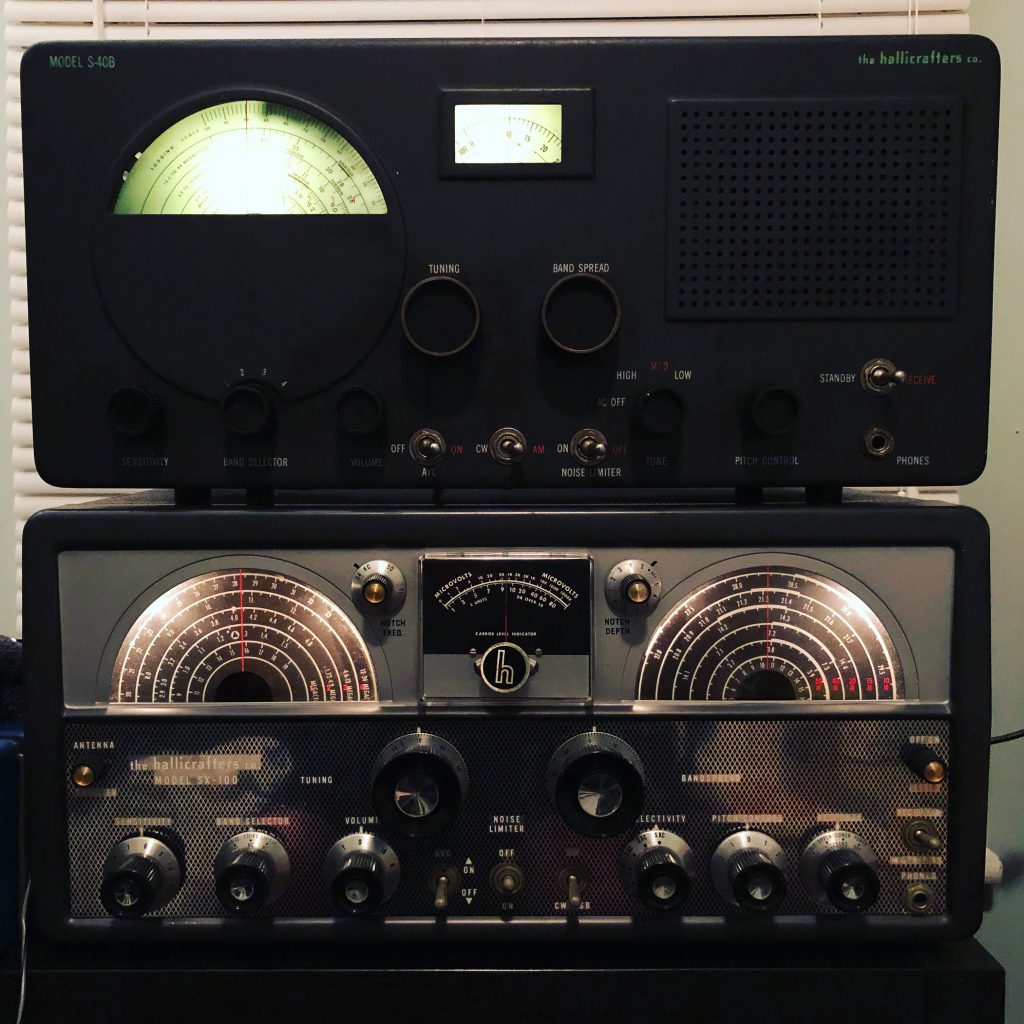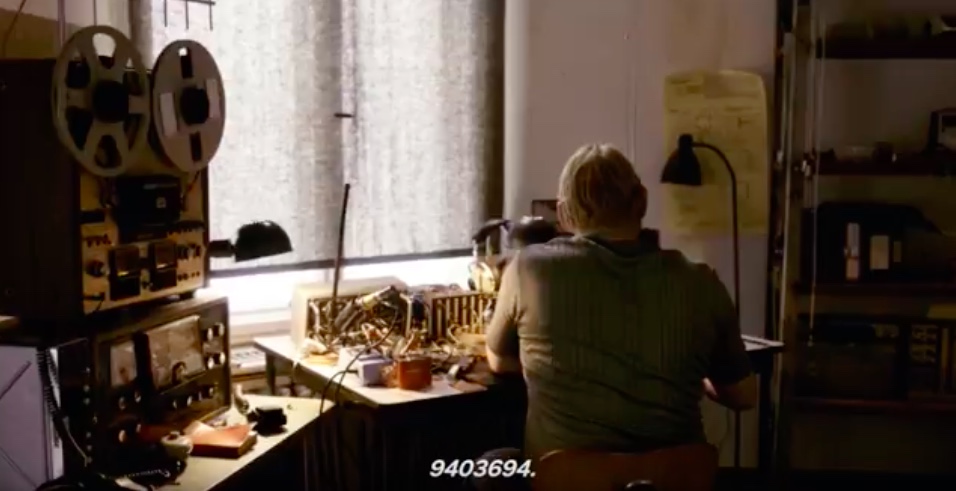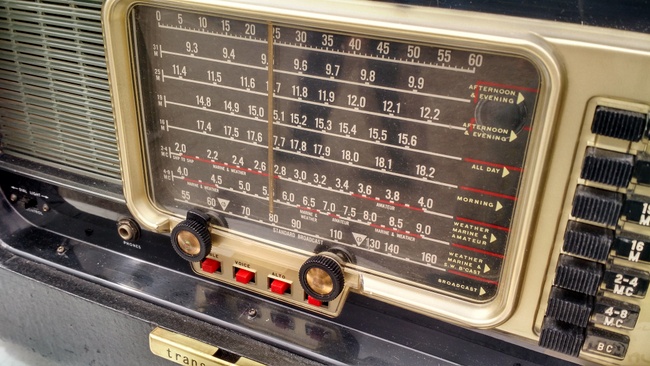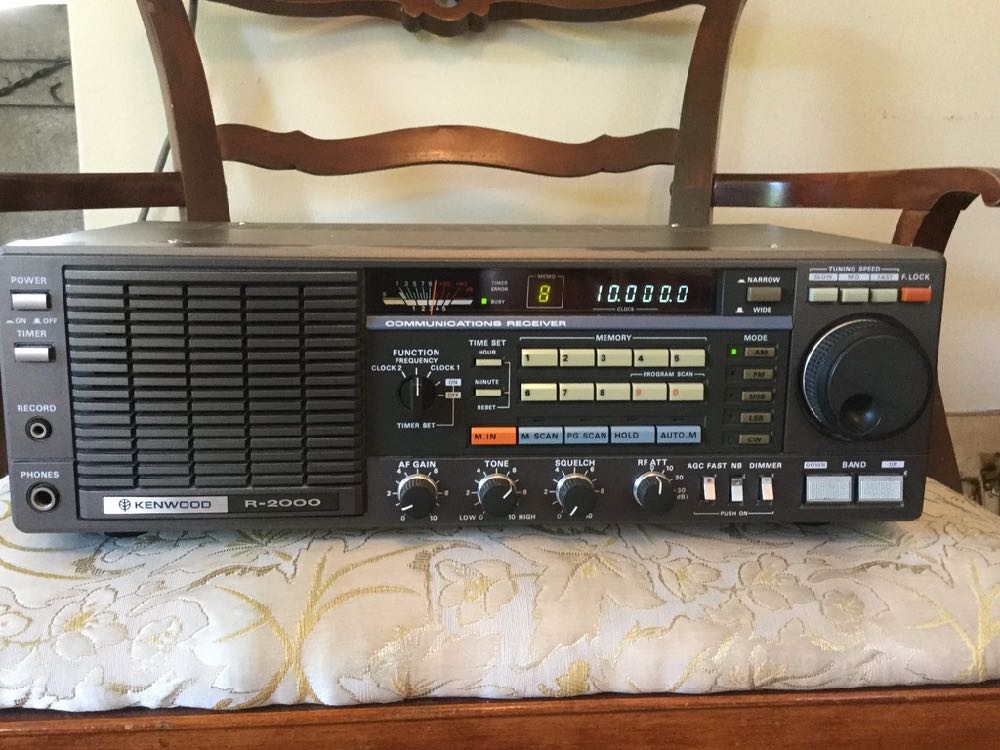
Many thanks to SWLing Post contributor, Luke Perry, who writes:
Hi Thomas, I thought I would share with the people on the SWLing Post my new radio purchase.
I needed a receiver with a noise blanker as you might (or might not) recall my issue that I was having with electrical noise at my listening location. So I saw this on the local Craigslist for $50 and called right away and I was lucky to be the first one to respond.
The seller was the original owner and he had bought it back in the 80’s after coming back from Saudi Arabia so he could listen to the BBC. It was fully working but when I got home I noticed that tuning dial was not working and this set does not have direct frequency input for some reason.
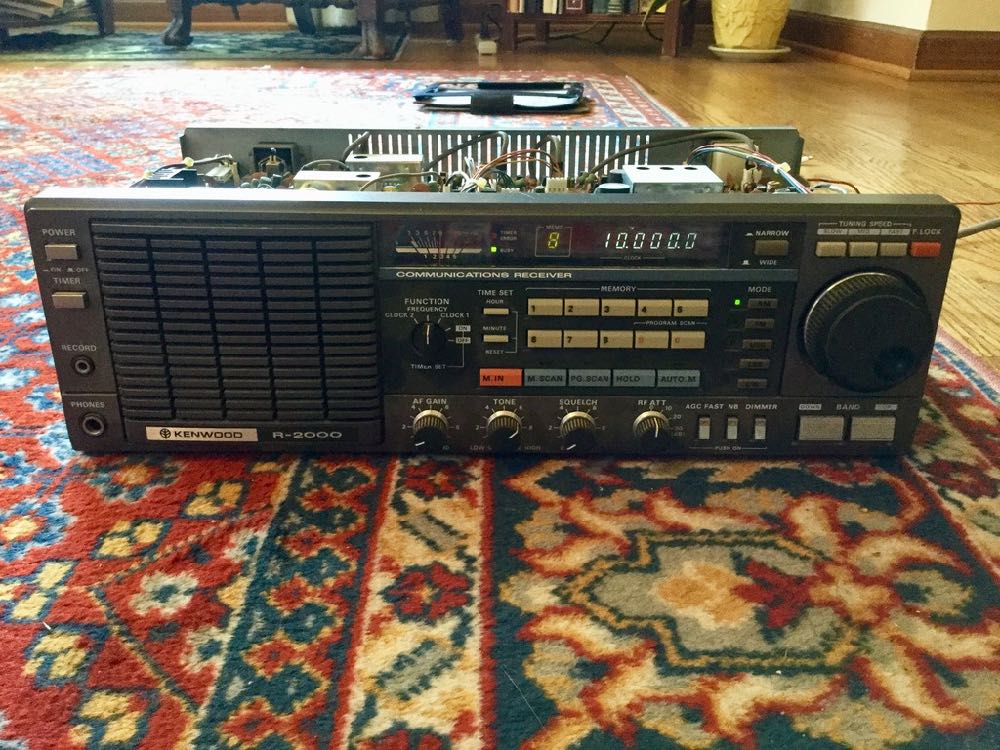
I went online and scoured the internet for a possible fix and found a old posting that said to adjust the pots on the encoder board behind the main tuning knob. I found a service manual online and located the position of the board and thankfully that was the fix. But for some reason the position that they both were in was not the correct position so I don’t know if someone had been in there before but I doubt it.
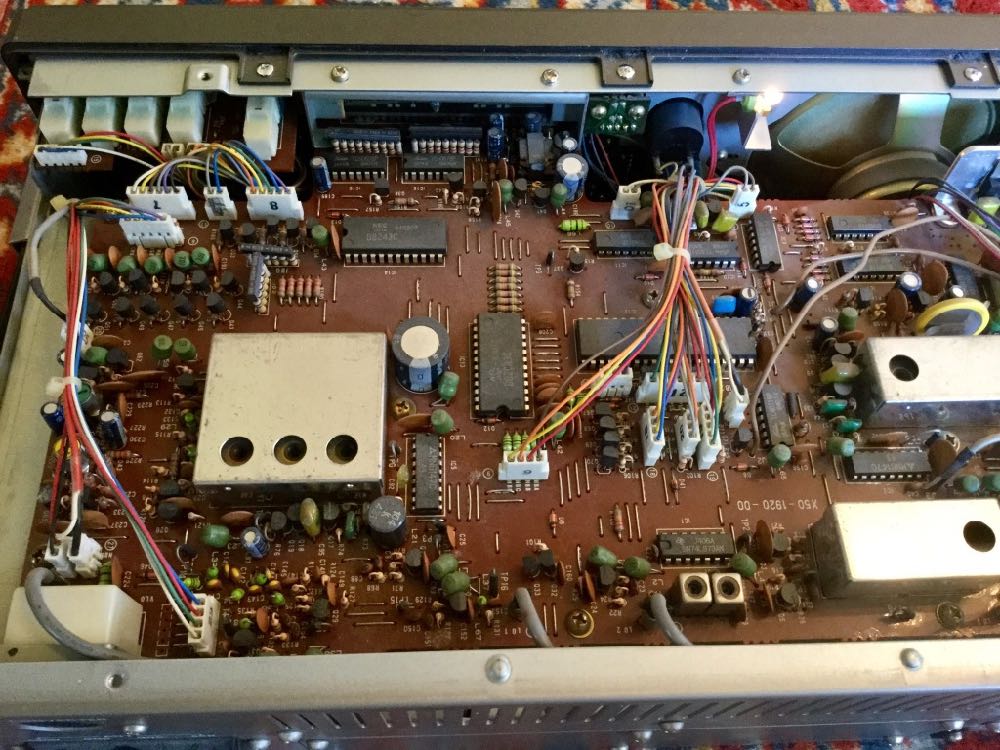
Anyway, I am very happy with the purchase and the noise blanker seems to really work as I could not listen to any frequencies above 5 MHz on my old radio due to RFI. Also, the R-2000 seems to be very sensitive just from the small wire antenna that I have been using so I plan to get a better antenna and I am hoping to get some good DX catches.
Anyway, I thought I would share the news of my new purchase and hopefully the fix for the tuning knob might be of some use to others down the road.
I’m so glad you found the fix for the encoder function, Luke. Thank you for sharing because, no doubt, others will be searching for this solution. Sounds like it was a simple enough fix and certainly did the trick. If you ever need to re-cap the R-2000, you can find kits like this one to make the process easier. If you don’t want to do the work yourself, my friend Vlado recaps radios for a very reasonable price.
I’m sure you know you really snagged a deal grabbing that R-2000 for $50! Wow!

